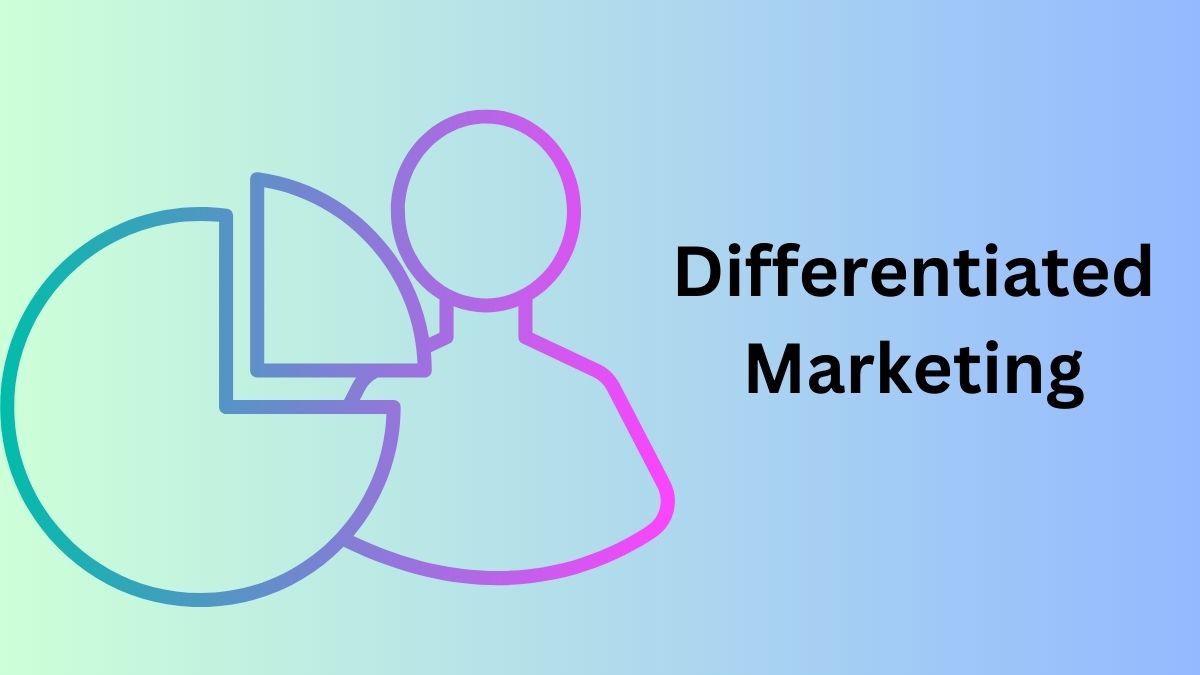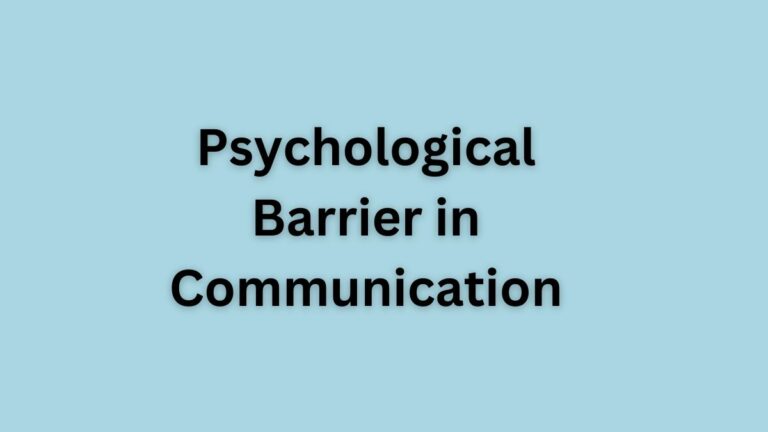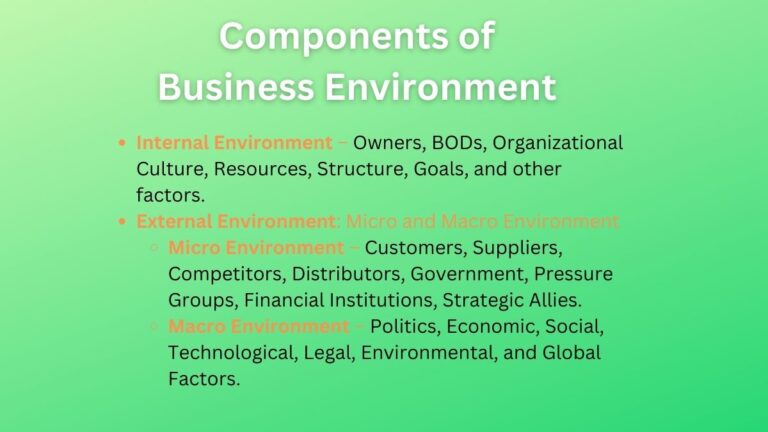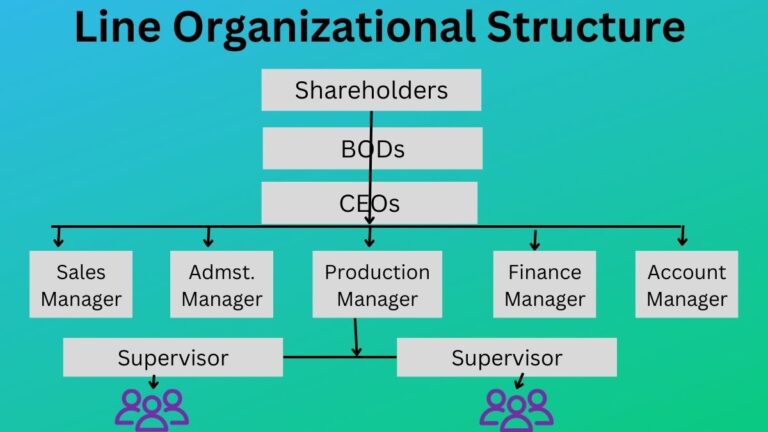What is Differentiated Marketing? Definition, Features, Example, and Pros/Cons
It is obvious that a market consists of different consumer groups who have different needs, tastes, and interests from each other. As such, a single product or marketing plan can not satisfy all the demands of those customers. This is where differentiated marketing comes into play. Let’s understand what it is.
What is Differentiated Marketing?
Differentiated marketing is a marketing strategy that involves dividing a larger market into different segments or consumer groups on the basis of consumer characteristics like taste, interests, buying habits, geography, gender, income, etc. It is also called segment and multi-segment marketing.
Different consumer groups or market segments have different needs, and this marketing strategy enables companies to design marketing messages that best work with every chosen consumer group.
Differentiated marketing believes that different consumers have different needs, so businesses should market different products to different customers differently. As such, it helps companies choose the right target market, understand their actual needs, and respond in the best possible way.
The goal of segment marketing is to reach each group of customers in a meaningful way and gain their confidence. However, companies have to design different products and marketing strategies for each of the consumer groups.
Characteristics of Differentiated Marketing
The following are some features of differentiated marketing.
Customer Focused
It is a customer-focused marketing approach. It emphasizes designing and producing products based on consumer preferences. As such, companies first have to identify the target markets and their preferences and develop products.
Related: What is a Marketing Concept?
Segment Based
Segment marketing divides the whole market into different sub-markets that have some common characteristics. It works differently for different consumer groups. And, the products and plans are also based on the need of each market segment.
Dynamic
Differentiated marketing is dynamic in nature. It argues companies to adapt changes that take place in the environment and consumers’ needs, tastes, and other factors and design marketing programs considering such changes.
High Involvement
Companies adopting segment marketing strategies have to give proper attention to different consumer groups and their preferences. This requires companies to invest more effort and capital.
Profit Through Customer Satisfaction
Undifferentiated marketing is focused on gaining profits through mass sales. Whereas, segment marketing includes identifying target markets’ needs and earning profits through their satisfaction.
Related: What is Undifferentiated Marketing?
Examples of Differentiated Marketing
There are a lot of companies you can find that adopt this marketing strategy. Let’s take an example of a car company that targets different segments of the market. It manufactures low-cost cars for low and middle-income people and luxurious driving experience cars for high-income people.
Similarly, take the example of a restaurant that targets teenagers, college students, and adults. It can offer low-cost products to teenagers and college students. And, it can also offer a kid-friendly environment with different meal options for adults.
Similarly, a shoe company makes shoes for different customers like sports persons, children’s shoes, college students shoes, party shoes, casual shoes, etc. And, with the differences in shoe types, the cost and quality also differ.
With segmentation in their marketing, companies do not ignore the needs of any consumer groups and seek to satisfy the needs of all consumer groups in the best possible way.
Advantages and Disadvantages of Differentiated Marketing
The following are some of the pros and cons of differentiated marketing that your company can get by adopting this marketing strategy.
Advantages:
- Customer Satisfaction – This marketing is tailored to best satisfy the needs of chosen customer segments. The specifications of target customers are studied carefully and marketing programs are launched that best meet their specifications.
- Competitive Advantage – Segment marketing also offers your company a competitive advantage. With this strategy, your business can better understand the customers and how competitors are serving those customers enabling you to design better marketing campaigns.
- Customizable – Your company may benefit from its ability to adapt to shifts in the markets it serves as well as changes in the industries in which it operates.
- Strong Customer Base– It emphasizes brands to speak more directly to target markets and effectively build up their customer base.
- Effective Resource Utilization – Differentiated marketing enables companies to effectively utilize resources. As companies are aware of what the market needs and what not, they can design products specific to them.
Disadvantages:
- Costly – Differentiated marketing is a costly marketing strategy. Companies have to spend more money and effort beforehand in order to identify and choose the right market segment.
- May Limit Business Growth – This may limit your business growth since it targets only small segments of the market.
- Competition – When you choose a small market segment and there is no barrier to outside companies, this may result in increased competition, and your company may not generate satisfactory revenue from this multi-segment marketing strategy.
Read Next: Differentiated Marketing Vs. Undifferentiated Marketing
Sajan Kushmi is a content writer with more than 4 years of experience. He holds BIM Degree. He write on the topics related to Management, Marketing, and Entrepreneurship.






